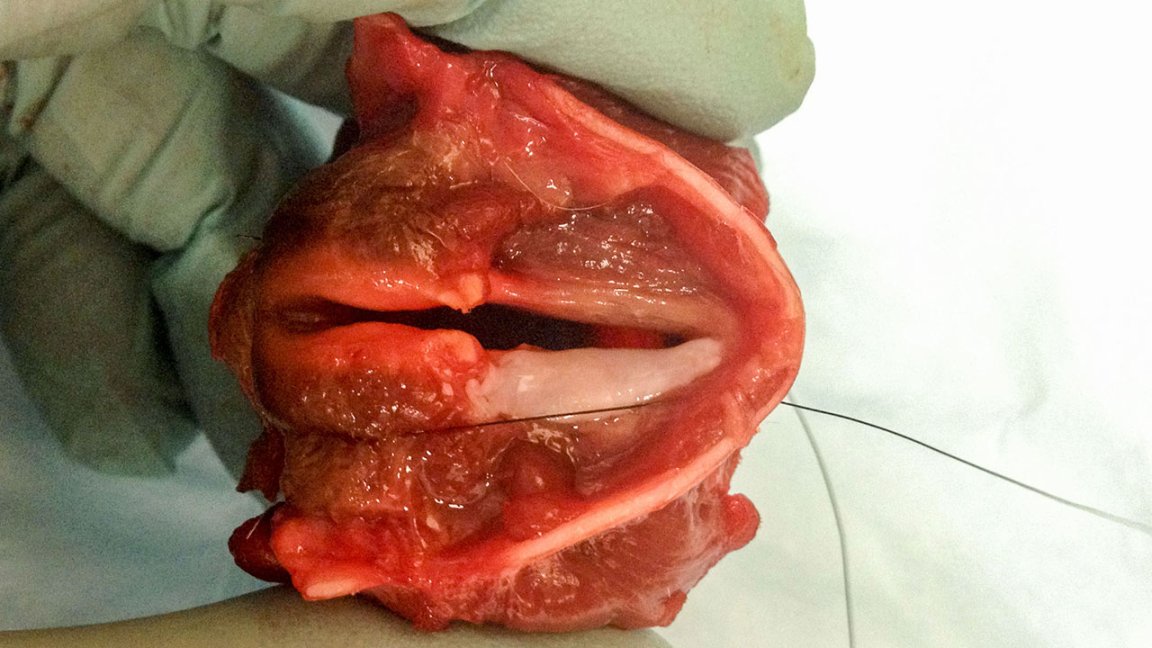
Growing a Voice
Scientists in the University of Wisconsin-Madison have successfully grown functional vocal cord tissue in a laboratory – yes, vocal cords that work. This remarkable new tissue engineering technique could, someday, be used to restore the voices of patients who have certain voice disorders that are (at the present junctures) untreatable.
The team is led by Dr. Nathan Welham, a speech-language pathologist from UW. In a press release, he describes the difficulty of achieving such a feat, saying “Our vocal cords are made up of special tissue that has to be flexible enough to vibrate, yet strong enough to bang together hundreds of times per second. It’s an exquisite system and a hard thing to replicate.”
In essence, vocal cords consist of two flexible bands of muscle that are lined with a specialized tissue. This tissue vibrates as air moves over it, and in so doing, it generates sound. When mucosa is injured, it scars and stiffens, which may lead to the loss of vibration and, subsequently, the loss of a person’s voice. Some existing treatments can be used in order to partially fix the damage, but work only as a short-term measure.
But now, we may have a new path.
Welham and his team were able to accomplish this notable feat by isolating and purifying vocal cord tissues from a cadaver and four patients. From there, they grew the cells on a 3D collagen scaffold. Within two weeks, the cells formed a tissue that Welham says “felt like vocal cord tissue.”
Promising Results
The tissue was found to be able to transmit sound and was not rejected by mice engineered to have human immune systems. Welham explains this, saying that “It seems like the engineered vocal cord tissue may be like cornea tissue in that it is immunoprivileged, meaning that it doesn’t set off a host immune reaction.”
Although they have also found that the tissue grown does not function as well has the real thing, as it has a fiber structure that lacks the complexity of adult vocal cords, the authors of the study say that this is due to a lack of maturation and add that human vocal cords develop for at least 13 years after birth.
The researchers are hopeful; however, more testing is needed before the new technique could be brought to an actual clinical trial in humans.